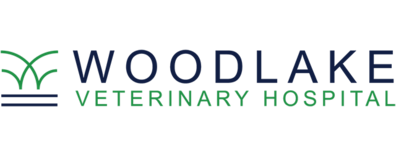Woodlake Veterinary Hospital
Acupuncture Therapy
Acupuncture therapy for your pet is a pain-free way to treat a variety of conditions, primarily those dealing with inflammation and pain.

What is Acupuncture?
Acupuncture is a technique for relieving pain and improving the function of organ systems by stimulating the nervous system through acupuncture points in the body. The points are stimulated with fine needles, therapeutic laser, vitamin B12 injections, or pressure. Acupuncture is based on the philosophy that illness is caused by the imbalance of a living being's vital energies. In modern medical terms, acupuncture can help improve blood flow and boost the oxygenation of your pet's tissues.
What conditions does acupuncture treat?
Acupuncture can improve musculoskeletal problems (e.g. arthritis), skin problems, nervous disorders, reproductive disorders, respiratory problems, poor immunity, and internal medicine problems such as heart, liver, and kidney disease, etc.
How does it work?
Acupuncture can assist the body to heal itself by affecting certain physiological changes. It can stimulate nerves, increase blood circulation, relieve muscle spasms, and cause the release of hormones, such as endorphins and cortisol. Although many of acupuncture’s physiological effects have been studied, many more are still unknown. At Woodlake Veterinary Hospital, a veterinarian who is certified in veterinary acupuncture performs all acupuncture treatment sessions. The length and frequency of each session will vary depending on the needs of your companion.
Is it painful and are there any side effects?
For small animals, the insertion of acupuncture needles may be painless or cause mild sensations, presumed to be those such as tingles, cramps, or numbness which can occur in humans and may be uncomfortable to some animals. Acupuncture is one of the safest forms of medical treatment for animals when administered by a properly trained veterinarian. Side effects of acupuncture are rare but can include lethargy or worsening of symptoms for up to 48 hours after treatment. These effects can be an indication that physiological changes are developing and are most often followed by an improvement in the animal’s condition.
